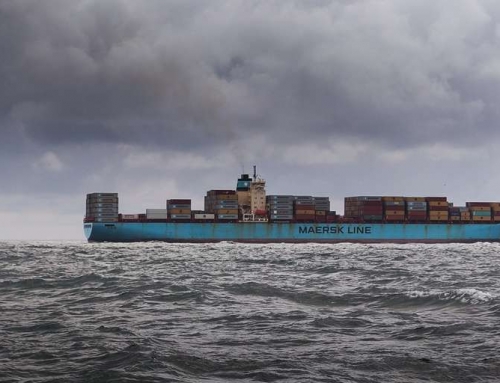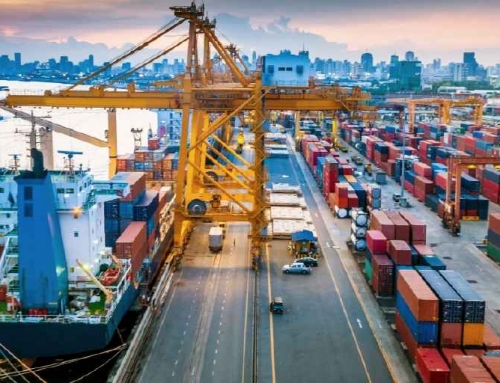While this budget will certainly test Prime Minister Shinzo Abe’s ambition to achieve a primary budget surplus by 2020 in a country with the world’s heaviest debt burden, it also grants some semblance of security amid rising tensions with China and North Korea, according to Reuters.
Fears of North Korea’s growing nuclear and missile capabilities also led to the approval of a separate 171 million yen spending plan that was approved for the current financial year, according to Bloomberg. That Japan was seeking a ballistic missile defense system from the U.S. was hinted at by Defense Minister Tomomi Inada, who said last month that while the government didn’t have a concrete plan, it was considering the option.
The Bloomberg report added that there was “14.7 billion yen budgeted for procurement of new ship-based ballistic missile interceptors known as SM-3 Block II A.”
The fifth consecutive increased annual defense spending since Prime Minister Shinzo Abe took office in late 2012 is scheduled to kick in from April. Besides its plans of acquiring a missile defense system expected to cost around 33 billion yen to secure itself from the growing threat from Kim Jong Un, Japan will also bolster its coast guard capabilities to defend the East China Sea.
“We will urgently begin strengthening our [maritime safety] structure,” as Japan needs to “substantially strengthen the structure and capabilities” of the coast guard, Shinzo Abe was quoted as saying by the Guardian.
In this regard, Japan is said to expand its fleet from 16 to 22 submarines with newer, improved sensor capabilities that will cost 72.8 billion yen. In all, a rise of 12 percent to the tune of 211 billion yen is noted as the increase in the Coast guard budget. From this, about 48 billion yen is to be allocated for new ships, which will be able to carry helicopters.
Besides naval spending, Japan will also purchase six Lockheed-Martin F-35 fighter aircraft at a cost of 88 billion yen and increase its personnel numbers 118 to 13,744.







